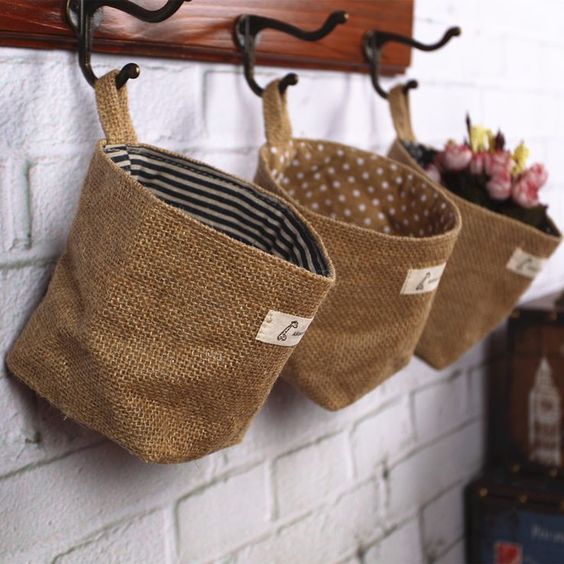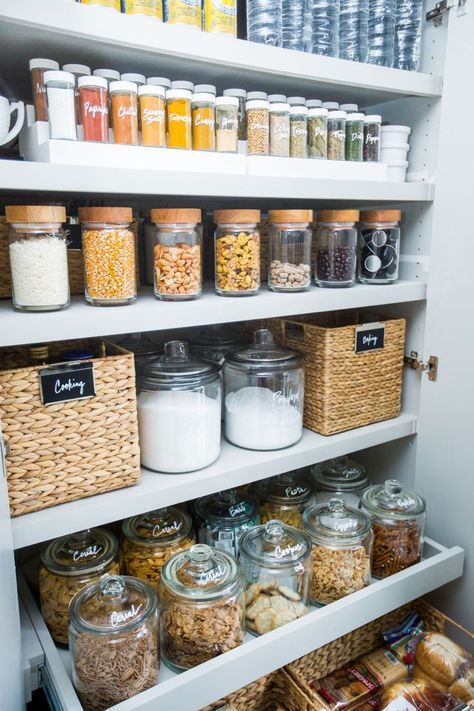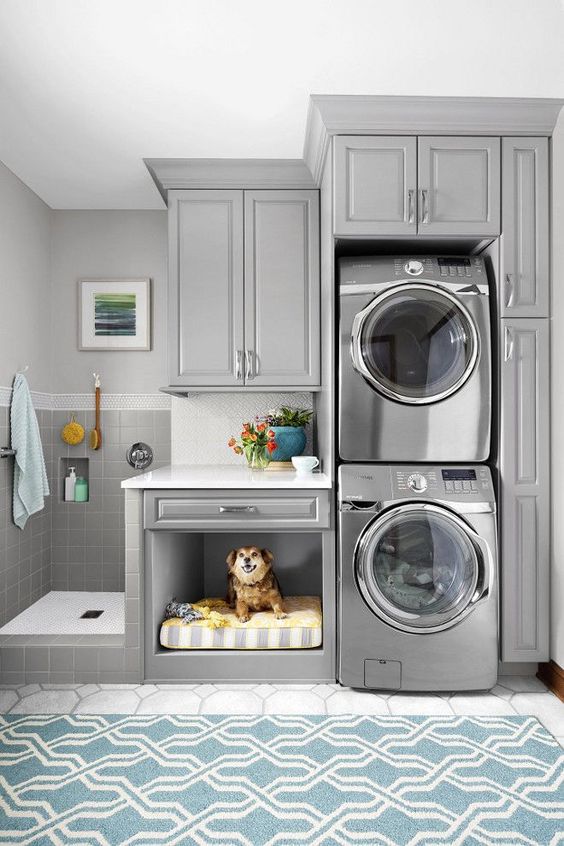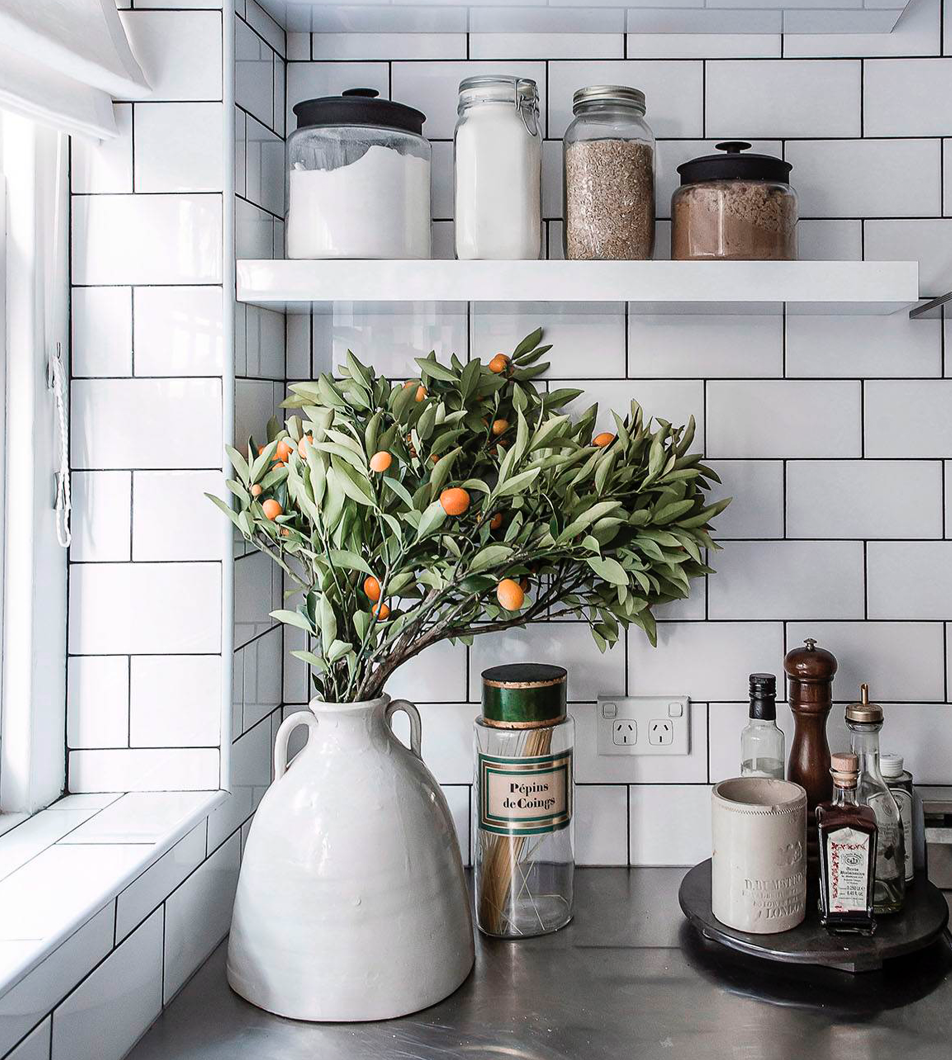Creative De-cluttering and Storage Ideas
Whether you’re looking to make a dent in your spring cleaning or getting your house ready for sale, decluttering and cleaning your home can be a big job. It’s also likely you’ll come across a lot of junk, unused clothes and other things that you’ve forgotten about.

Decluttering
1. Three box exercise
Do you find yourself with too many clothes, drawers overflowing or your closet bursting?
Grab three boxes and label them keep, donate and trash and go through your all your clothes and pop them into one of the boxes. If you’re hesitant to donate and throw away something ask yourself if you’ve worn it in the last six months – if not it’s likely you don’t need it.
This is also a great method to use on other parts of your house – think garage, cupboards and laundry. If you’re preparing to sell your home tackling these areas will give you a good idea of how much you need to move into your new home, and could save you money on the move if you can get rid of the non-essentials.
2. Don’t get too attached
When you’re decluttering it’s important to think objectively about things – do you need this or use it often? If it’s something that you keep because you might use it one day think about whether it’s really necessary or not. If you’re moving home all these little things can add up into a lot of clutter that you’ll have to take with you.
3. Hire a skip bin
Once you’ve decluttered, hire a skip bin. This may sound simple but once you’ve paid for the space you’ll be surprised how many things you’ll find to get rid of. It can also be a lot easier to throw things away with the bin right in front of you rather than just having a pile sitting in the garage that you’ll get rid of one day.

Creative storage spaces
1. Floating shelves
These are great in numerous spaces around the house. They can double as a table or desk or a place to put your toaster depending on the size. Regardless of what they’re being used for on top, there will always be storage space underneath.
2. Ottomans
Ottomans are stylish and can be a great way to add some hidden storage in your home. Look for ones with hollow insides, that you can store DVDs, books or spare cables you might need for your TV.
3. Wall hung storage
Whether it’s the spices in your kitchen, pots and pans, or toys in your child’s room, wall hung storage is an effective use of wall space. It doesn’t protrude too much but takes the away the clutter and can be an interesting focal point when done right.
4. Pull out pantry
Have a space but it’s too narrow to be used for anything useful? Hire a handyman and install a pull out pantry to allow you to use all the space right to the back – you’ll be surprised how much more room you’ll gain.
5. Remove your doors
How many times are you restricted from putting a piece of furniture where you want it because it gets in the way of a door opening? Remove the door and in its place, put a sliding door or a simple curtain to section it off. In some instances you’ll find it can look nice without any door as it can open the space up more.

Credit: Lili Stellingwerf – Realestate.co.nz
How to keep your Christmas tree alive and looking good all December
If properly cared for, a tree will keep reasonably fresh and definitely remain green for a month – great news for Christmas-fanatics who put their trees up on the 1st of December. However, things can turn pear-shaped quickly, these tips will ensure it doesn’t. So here are our top tips for how to keep your Christmas tree alive to ensure it looks just as good on Christmas day than it did when you first put it up.
Pick the right tree:
Ideally, you want to buy your tree from a farm that chops it down in front of you, that way you can ensure it’s the freshest it can be. If you’re buying from a vendor that sells pre-cut trees, make sure you’re purchasing one that has been stored in the shade and given plenty of water. Inspect the tree before you make your decision to ensure there are no brown or dead branches or needles.

Re-trim the trunk:
The most common mistake people make when buying a fresh Christmas tree is leaving it out of water for more than half an hour, or allowing the water in the stand/bucket to run completely dry. When the base is not in water, sap leeches out forming a resin-like seal at the base of the tree. Once this happens, the tree can’t drink the water it needs because the base is no longer porous. The good news is that if this happens there is a fix: saw a thin sliver off the base of the tree so that the bottom is porous again and able to drink water. Trees drink the most water in the first few days after being cut so that is the time to pay extra attention that they don’t run dry.

Give it a good stand:
Store your tree in anything that supports the tree well and that holds plenty of water – at least four litres of water. Never put the tree in sand or soil. Large tree stands with a wide footprint and adjustable levers are a good option for people with small children and/or pets. Some people go for a bucket with bricks but it’s a lot of hassle so most usually come back for a stand.

Pick a shady spot:
A shady spot, out of direct sunlight, is the best place for your Christmas tree to live as sunlight will cause it to wilt ahead of its time. Christmas trees are divas; they hate sitting in a warm room that has no circulation because their needles will go limp. But, they also hate air conditioning. Making sure there is some fresh air circulating through the room is the best way to keep them happy.
Credit: Homestolove.co.nz
9 quick cleaning tips that will save you time this Christmas
This is definitely the list you need if the idea of spending Christmas Eve knee-deep in cleaning products makes you feel like the Grinch. Christmas – and summer – is always busy and social, with lots of entertaining and unexpected guests sure to drop by.
But instead of waiting until the last minute to get your home in tip-top shape, here are nine easy ways to get sorted before your friends and family turn up on your doorstep.

1. Set the timer when you are doing certain chores. Experts say if you know how long individual tasks take, they seem less difficult. We like that idea.
2. Put clean sheets on your spare bed NOW. Even if you aren’t expecting any sleepovers from visitors, it’s one thing less to deal with if someone does end up having to sleep it off.
3. Use the commercial breaks wisely. You have two-and-a-half minutes to get something done, and tackling small tasks seems like a better idea than mindlessly watching ads!
4. Sort out the fridge before you hit the shops. Chances are your fridge and kitchen cupboards aren’t as jam-packed as they are going to be in a few weeks. If you have a proper clean out now, not only will it save you time in December, but you’ll also know exactly what you already have in stock.
5. Don’t bother scrubbing your stove top burners. If they come off, pop them in a snaplock bag, with a little ammonia overnight. In the morning, wipe them clean and away you go.
6. Bedtime equals cleaning time. While the kids (or you) are in the bathroom getting ready for bed, use that time to quickly wipe down the vanity, bath, mirror and toilet. Easy.
7. Try listening to podcasts while you clean. Not only will they help time fly, but you’ll learn a few things along the way.
8. Put clutter (like toiletries) away in a cupboard. Just shove them in there – no one is going to be looking to see if they are organised by floral fragrance!
9. The smell of fresh flowers, however, does make everything instantly better. Set some out the morning your guests are due to arrive, and enjoy this special time together!
Credit: Homestolove.co.nz
5 realistic ways to make the most of your money during a renovation
Want to renovate but not sure of the cost? Here’s how to work out what you can afford and whether it’s worth your while doing it.

1. Start how you plan to finish
Work out what you want from your home and write down what you’d need to make this a reality. If your goal is to rent it out or sell it on, you will have a very different set of aims and outcomes to work from.
Start with the stuff that’s not so much fun but will improve the health and longevity of your home, eg insulation, new gutters or roof, relining walls, upgrading plumbing/wiring or installing a whole-house heating system. Then think about big-ticket items such as a new kitchen, bathroom or outdoor living area. Finally look at lower-cost improvements such as setting up a study or exercise area or buying a plush new lounge suite.
You may wish to aim for a balance between high- and low-cost projects – a brand-new kitchen combined with a quick bathroom makeover; or a state-of-the-art heating system combined with a fresh interior paint job. Once you’ve written your ultimate wish list, look at the overall scale of the work and ask yourself: would it be easier to simply move house?
2. Break it down
If you decide that you definitely want to go ahead and renovate, itemise every improvement you’d need to make to fulfil your vision. Prioritise the list with a focus on improvements that will make your home healthier and more appealing to potential buyers, even if you plan to stay for the foreseeable future.
Talk to friends and family about their renovations and find out what upgrades have made the biggest difference to them. Try to remove the emotion from your decision-making and be practical about this list, rather than fixating on the gorgeous new marble benchtop you’ve always dreamed of.
Malcolm Knight, a registered financial adviser at Threefold, says simple changes can often make a big impact, so if you’re going to spend up large it’s important to be sure the cost is worth it. “Cheap cosmetic improvements such as a fresh coat of paint can have a drastic impact on sales value on a tired or rundown property. Kitchens and bathrooms are the typical selling points in a home and can really drive price, but they can be expensive if you are making major changes such as moving plumbing.”

3. Work out your budget
Work out how much money you can access by tallying up any savings and talking to your bank about your borrowing potential. Make sure you understand the impact any loans will have on your lifestyle in both the short and long term.
Malcolm recommends speaking with a mortgage broker or trusted adviser at this point. “They will be able to quickly run the numbers for you and give an indication of the best finance options available to you. They can also get finance pre-approved for you (if required) before you start your project.”
Next, research what sum would be wise to spend on your home. Talk to a valuer or real-estate agent about the price similar homes in your area are selling for (and what your house would be likely to sell for post-renovation). Bear in mind what your house is for – if it’s your forever home, investing in its health and comfort is worthwhile. But if you’re likely to sell it, spending big on top-shelf improvements may not make financial sense.
Malcolm says getting this step right comes down to the value of your property and the neighbourhood it’s in. “If you’re starting from a ‘worst house in the best street’ position, your budget can be grand, but if you’re already in the best house in the worst street, you need to be cautious not to overcapitalise.
Calculate what you paid for your house, what it would be likely to sell for in the current market, and what it would sell for if you made the improvements. If you end up in the red at this step, that’s not necessarily a deal-breaker – you just need to weigh up the financial risk against the intangible benefits your renovation will create (the joy of using a dream benchtop cannot be quantified!).
4. Talk to experts
Get quotes from a builder, architect and/or project manager about the cost per square metre of building in your area. Then, depending on the scale of the work you want to have done, talk to a builder or architect to come up with an estimate, including a contingency fund (15-20 percent of the overall cost is standard), for your renovation. Then get a second and
third opinion.
Malcolm recommends spending time on this phase to ensure you understand your budget and keep costs under control. “Getting more than one quote can save you thousands,” he says. “With tradespeople currently very busy and not needing to compete for work, we are seeing some real profiteering, particularly on relatively minor jobs.”
Once you have a good idea of what your renovation is likely to cost, you can tally this figure against your home’s value and calculate if it would amount to an overcapitalisation you’re not comfortable with – bearing in mind that monetary value doesn’t reflect the improved health and happiness your renovation might bring.

5. Revise and finalise
Revisit your reno plan and make any required adjustments – most people underestimate the expense of home renovation so you may well have to prune down your plan or even slash it back to the essentials. You may also wish to plan your renovation in stages to spread the cost over a longer period.
Malcolm says the biggest mistake people make when renovating is underestimating the costs and failing to plan. “Costs can quickly escalate through the process if you’re making variations as you go,” he says. “More time spent upfront in the planning phase not only helps you understand your budget, but also makes it more likely that you’ll love your end product.”
Coming up with a good renovation plan is all about balance – balancing high-cost improvements with low, balancing the current value of your home against its worth in the future, and balancing your wants with your needs. Take time to find the best balance for you and your family.
Words by: Sally Conor.
Credit: Homestolove.co.nz
